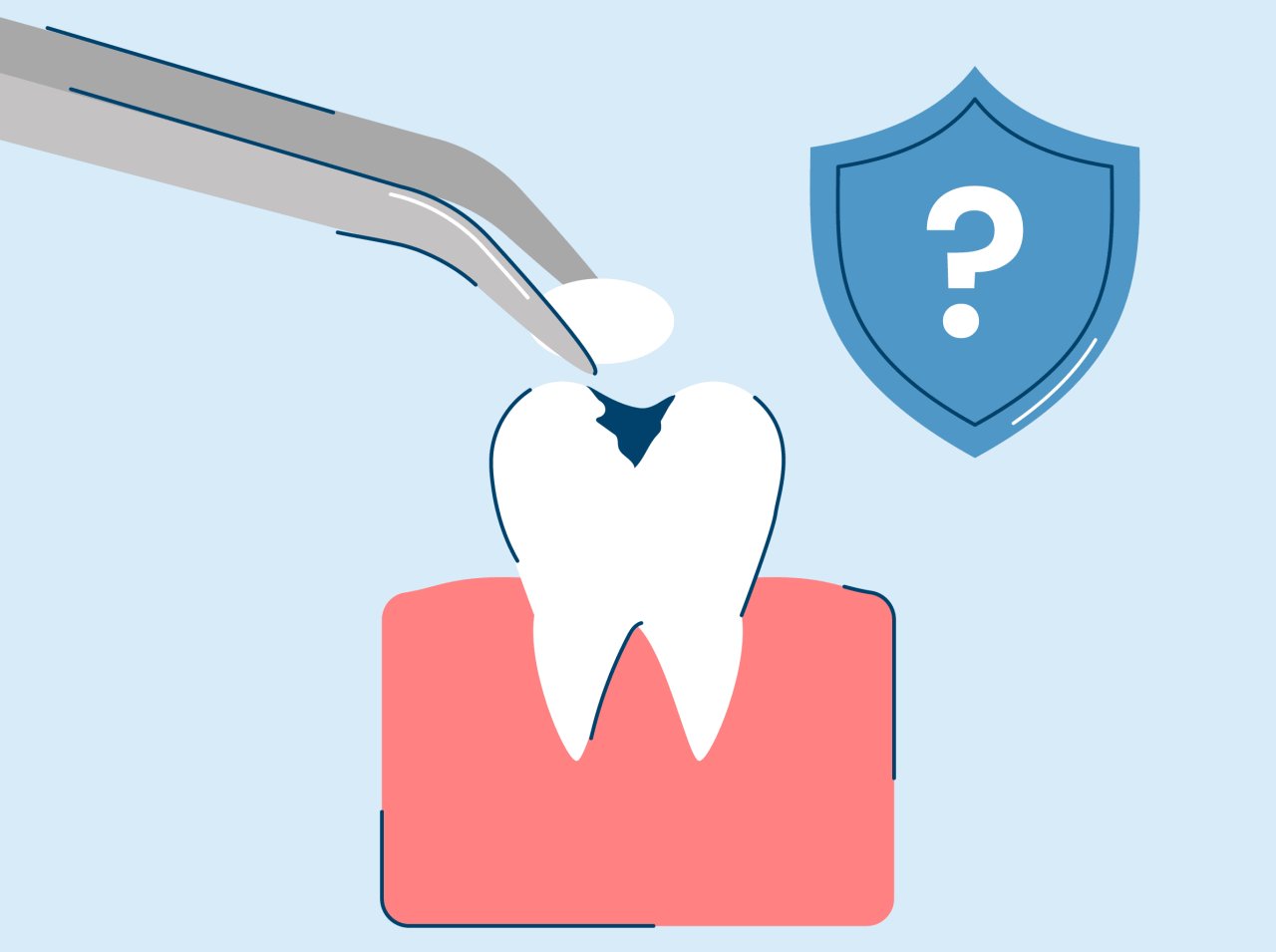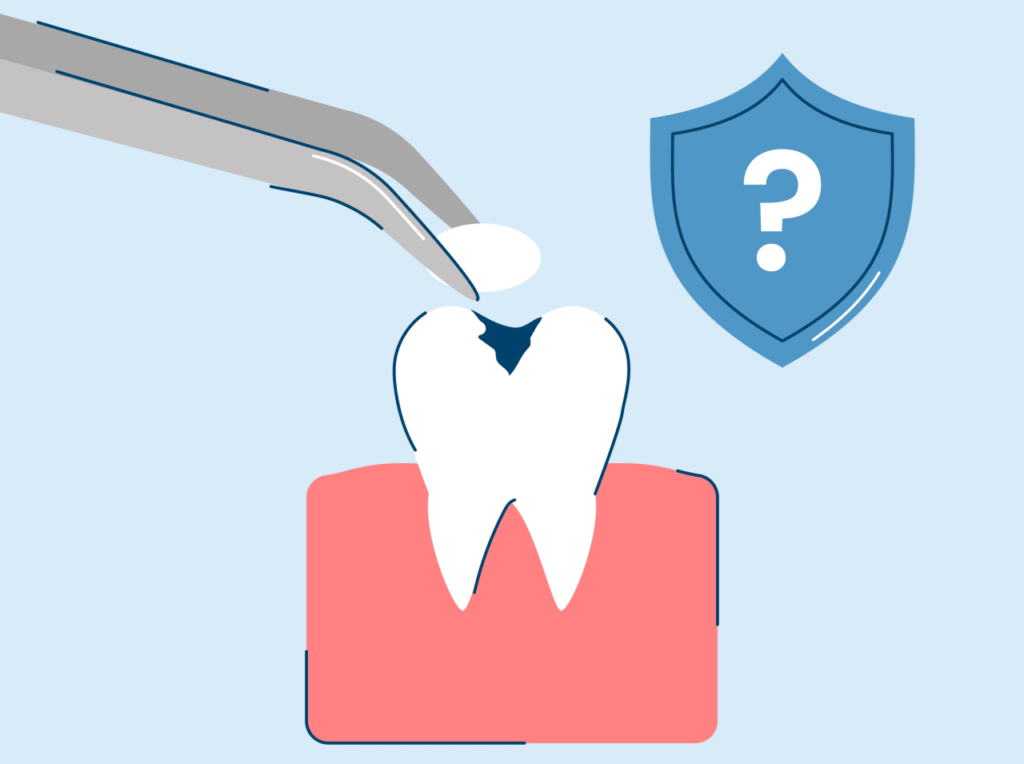Dental Filling Costs
The cost of a dental filling without insurance can vary depending on several factors, including the type of filling material used, the location of the filling, and the complexity of the procedure.
Generally, the cost of a filling can range from $50 to $500 or more. However, it’s important to note that these are just estimates, and the actual cost may vary depending on your specific circumstances.
Types of Filling Materials
The type of filling material used can significantly impact the cost of the filling. Some of the most common types of filling materials include:
- Amalgam (silver fillings): Amalgam fillings are the most affordable type of filling, typically costing between $50 and $150 per filling.
- Composite (tooth-colored fillings): Composite fillings are more expensive than amalgam fillings, typically costing between $100 and $450 per filling.
- Glass ionomer fillings: Glass ionomer fillings are a type of tooth-colored filling that is less expensive than composite fillings, typically costing between $75 and $250 per filling.
- Gold fillings: Gold fillings are the most expensive type of filling, typically costing between $250 and $4,500 per filling.
Location of the Filling
The location of the filling can also affect the cost. Fillings that are located in the front of the mouth, where they are more visible, are typically more expensive than fillings that are located in the back of the mouth.
Complexity of the Procedure
The complexity of the procedure can also affect the cost. Fillings that require more complex procedures, such as those that involve multiple teeth or that require the removal of old fillings, are typically more expensive than simple fillings.
Types of Dental Fillings

Dental fillings are used to restore decayed or damaged teeth. There are several types of dental fillings available, each with its own advantages and disadvantages.
The most common type of dental filling is amalgam, which is a mixture of mercury, silver, copper, and tin. Amalgam fillings are strong and durable, and they are relatively inexpensive. However, they are also noticeable in the mouth, and they can cause allergic reactions in some people.
Composite fillings are made of a resin material that is matched to the color of the tooth. Composite fillings are less noticeable than amalgam fillings, and they are less likely to cause allergic reactions. However, they are not as strong as amalgam fillings, and they can be more expensive.
Glass ionomer fillings are made of a glass material that releases fluoride. Fluoride helps to strengthen the teeth and prevent decay. Glass ionomer fillings are less noticeable than amalgam fillings, and they are less likely to cause allergic reactions. However, they are not as strong as amalgam fillings, and they can be more expensive.
Amalgam Fillings
- Strong and durable
- Relatively inexpensive
- Noticeable in the mouth
- Can cause allergic reactions
Composite Fillings
- Less noticeable than amalgam fillings
- Less likely to cause allergic reactions
- Not as strong as amalgam fillings
- Can be more expensive
Glass Ionomer Fillings
- Less noticeable than amalgam fillings
- Less likely to cause allergic reactions
- Not as strong as amalgam fillings
- Can be more expensive
Dental Insurance Coverage
Dental insurance can significantly reduce the cost of fillings by covering a portion of the expenses. Coverage levels vary depending on the specific plan and insurance provider.
Typical Coverage Levels
Generally, dental insurance plans offer coverage for fillings ranging from 50% to 80% of the total cost. Some plans may also have a yearly maximum coverage amount for fillings, which varies depending on the plan.
For example, if the cost of a filling is $150 and your dental insurance covers 80% of the expenses, you would only be responsible for paying $30 (20% of $150).
It’s important to note that dental insurance plans may have deductibles or co-pays that need to be met before coverage kicks in. Additionally, some plans may not cover certain types of fillings, such as cosmetic fillings or fillings for teeth that have been previously treated.
Payment Options
Various payment options are available for dental fillings, each with its own advantages and disadvantages.
Cash offers immediate payment and often comes with discounts. However, it may require a large upfront payment.
Credit cards provide convenience and the ability to spread out payments. However, they typically incur interest charges if not paid off promptly.
Payment Plans
Payment plans allow patients to make monthly payments over a period of time. This option can be beneficial for those who need to spread out the cost of their dental work.
Dental offices often offer in-house payment plans with low or no interest rates. Alternatively, patients can explore third-party financing options, such as CareCredit or LendingClub, which may offer more flexible payment terms but may come with higher interest rates.







